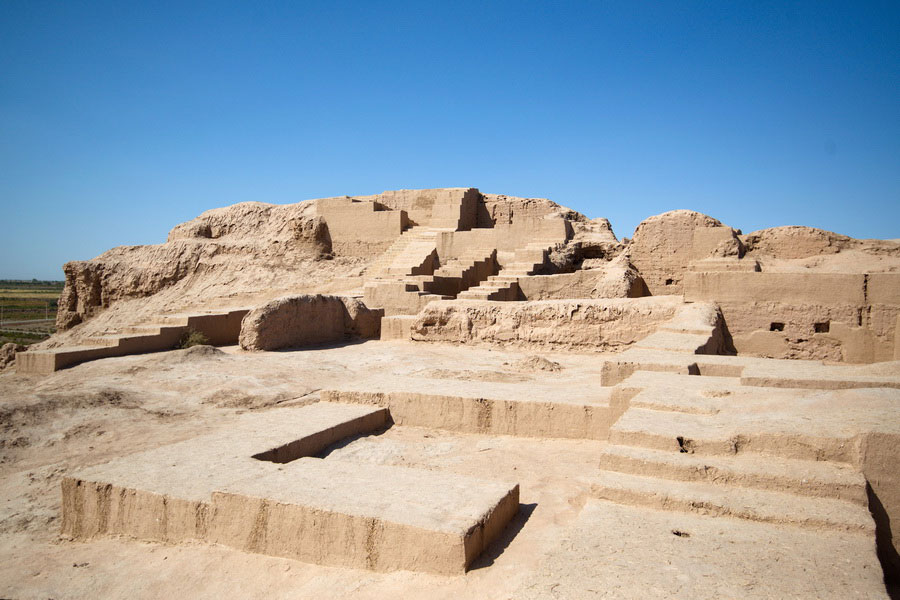
Cultural bridge between East and West
The Silk Road did not only promote commodity exchange but also cultural. For example, Buddhism as one of the religions of the Kushan kingdom reached China. Together with merchant caravans Buddhist monks went from India to Central Asia and China, preaching the new religion. Buddhist monuments were discovered in numerous cities along the Silk Road.
In the first centuries of Christian era Manicheism (originated in the 3rd century in Iran and was a synthesis of Zoroastrism and Christianity) and Christianity penetrated from the Near East to Central Asia and further to China. The first wave of Christianity is connected with the activity of Nestorians. In the 13th century the Silk Road was the route for the new wave of Christian doctrine dissemination connected with the activity of Catholic missions.
Severe warriors of Arabian caliphate brought Islamic doctrine in the 7th century. If originally it was spread by force by the armies of Arabian caliphate its distribution along the Silk Way was carried out peacefully.
The Silk Road was not only the source of goods but also information on their making, i.e. technologies. In particular, the ways of silk, stained glass, paper, books, gunpowder and guns production.
Sericulture and silk weaving, which for a long time had been monopolized by China, first came to Khotan and then to the Central Asia, Iran and Byzantium in the 5th – 6th centuries. And, on the contrary, the art of glass making got from the countries of the Mediterranean to Iran and Central Asia, and in the 5th century it reached China.
Under the influence of China sericulture and paper making started to develop in Central Asia. Paper production outside the Celestial was first introduced by Chinese handicraftsmen in Samarkand time in the 8th century. Then it went to the West and drove out the former writing materials, parchment and papyrus.
Huge influence was rendered by international dialogue carried out along the Silk Road on architecture and town-planning. Several proofs to it are in Central Asia: Timur's structures in Samarkand, Ak-Serai palace in Shahrisabz, the Timurids tombs at Gur-Emir, the mosques in the city of Yassy (Turkestan).
They combine architectural styles, shapes, building techniques from various countries. They were erected not only by Middle Asian architects but also by masters from Iran, Azerbaijan, Armenia, Georgia, Iraq, Syria, Asia Minor, and India.
For centuries caravan routes were often used by scientists, researchers the most known of whom is the Venetian merchant Marco Polo.
Along with spreading goods, cultural samples in the applied art, architecture, wall painting, the countries of the West and the East exchanged music and dances, theater performances.
It is well-known fact that music of Eastern Turkestan and Central Asia was the most popular in China. Music traditions of Kashgar, Bukhara and Samarkand, India under official protection merged with Chinese musical tradition. Iranian, Sogdian and Turkic actors made significant contribution to the choreographic culture of China. For example, actors from the East often performed in Constantinople.
Numerous material proofs were found to testify on intercultural enrichment on the Silk Road: the collection of Tan terracotta dancers, actors in masks, musical groups riding camels. The faces of these actors belong to the representatives of people of Central Asia. The steppe frescos which have survived in the halls of Penjikent, Varakhsha, Toprak-Kala and the cities of Eastern Turkestan depict musicians and actors.

